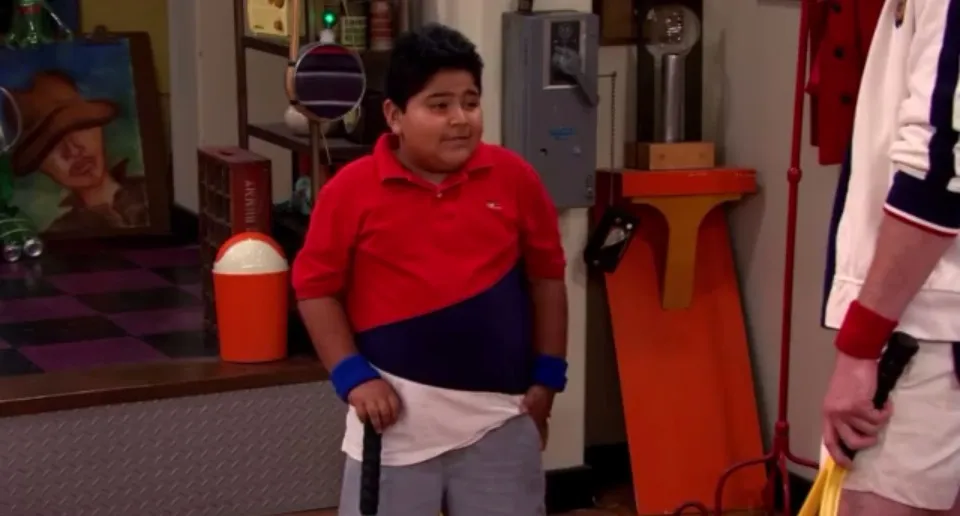Diecast Cars Top 7 Facts You Need to Know
Diecast cars have captivated enthusiasts of all ages for decades, offering a tangible connection to automotive history and the thrill of collecting. These miniature marvels, often crafted with impressive detail, provide a fascinating world for both casual admirers and serious collectors. This article dives into the top seven facts about diecast cars that every enthusiast should know, from their origins and manufacturing processes to the various scales, types, and investment potential these miniature vehicles offer. Whether you’re a seasoned collector or just starting, these facts will enhance your appreciation for the world of diecast cars.
What are Diecast Cars
Diecast cars are miniature vehicles manufactured using a die-casting process, where molten metal is injected into molds to create highly detailed replicas. Primarily made from zinc alloys, these models offer an excellent balance of durability and detail. The term “diecast” refers to the casting method, which allows for intricate designs and accurate representations of the original vehicles. They are not just toys; they are collectibles, historical artifacts, and often, small works of art. The level of detail varies depending on the scale and manufacturer, with some models featuring opening doors, detailed interiors, and realistic paint finishes, appealing to collectors seeking accuracy and realism.
The History of Diecast Cars
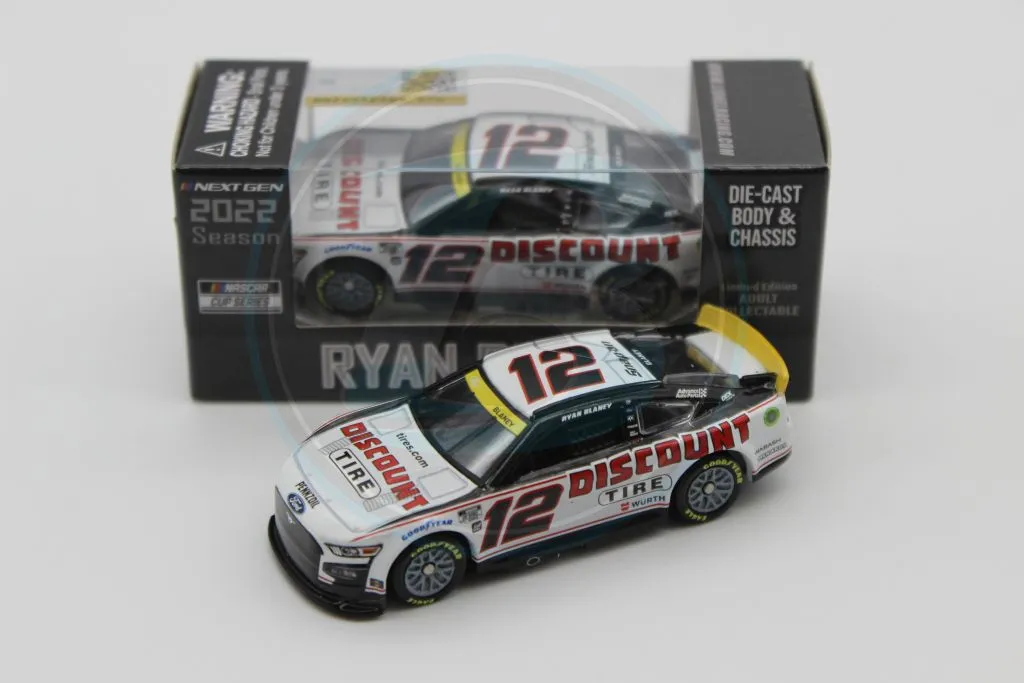
The history of diecast cars dates back to the early 20th century. Initially, they were produced as toys and promotional items, with early examples being made from lead and other metals. The evolution of diecast cars mirrors the growth of the automotive industry itself. Over time, manufacturers like Dinky Toys, Corgi, and others perfected the techniques, leading to more detailed and durable models. These early models often represented popular vehicles of the time, including cars, trucks, and even military vehicles. The popularity of diecast cars surged, making them a staple in toy stores and a favorite among children and adults alike. They soon became more than just toys, evolving into collectibles.
Early Production and Evolution
The early production of diecast cars involved basic designs and materials. However, as manufacturing techniques improved, so did the quality and detail. Manufacturers started using more sophisticated die-casting methods, enabling them to create more intricate designs. Innovations in paint and finishing techniques also played a crucial role, allowing for realistic appearances and durable surfaces. This constant evolution drove the diecast car market, as collectors sought models that were both accurate and aesthetically pleasing. The advancements in materials and production techniques contributed to the lasting popularity and collectability of these miniature cars.
Materials Used in Diecast Cars
Diecast cars are typically made from metal alloys, most commonly zinc alloys. These alloys provide the necessary strength, durability, and ability to capture fine details. Zinc alloys are ideal for die-casting because they have a low melting point, allowing for efficient production. Other materials used in diecast car manufacturing include plastics for the interior, tires, and sometimes the chassis. Clear plastics are employed for windows and lights, adding to the realistic appearance. The combination of these materials results in miniature vehicles that are both detailed and capable of withstanding handling and display.
Zinc Alloy and Other Metals
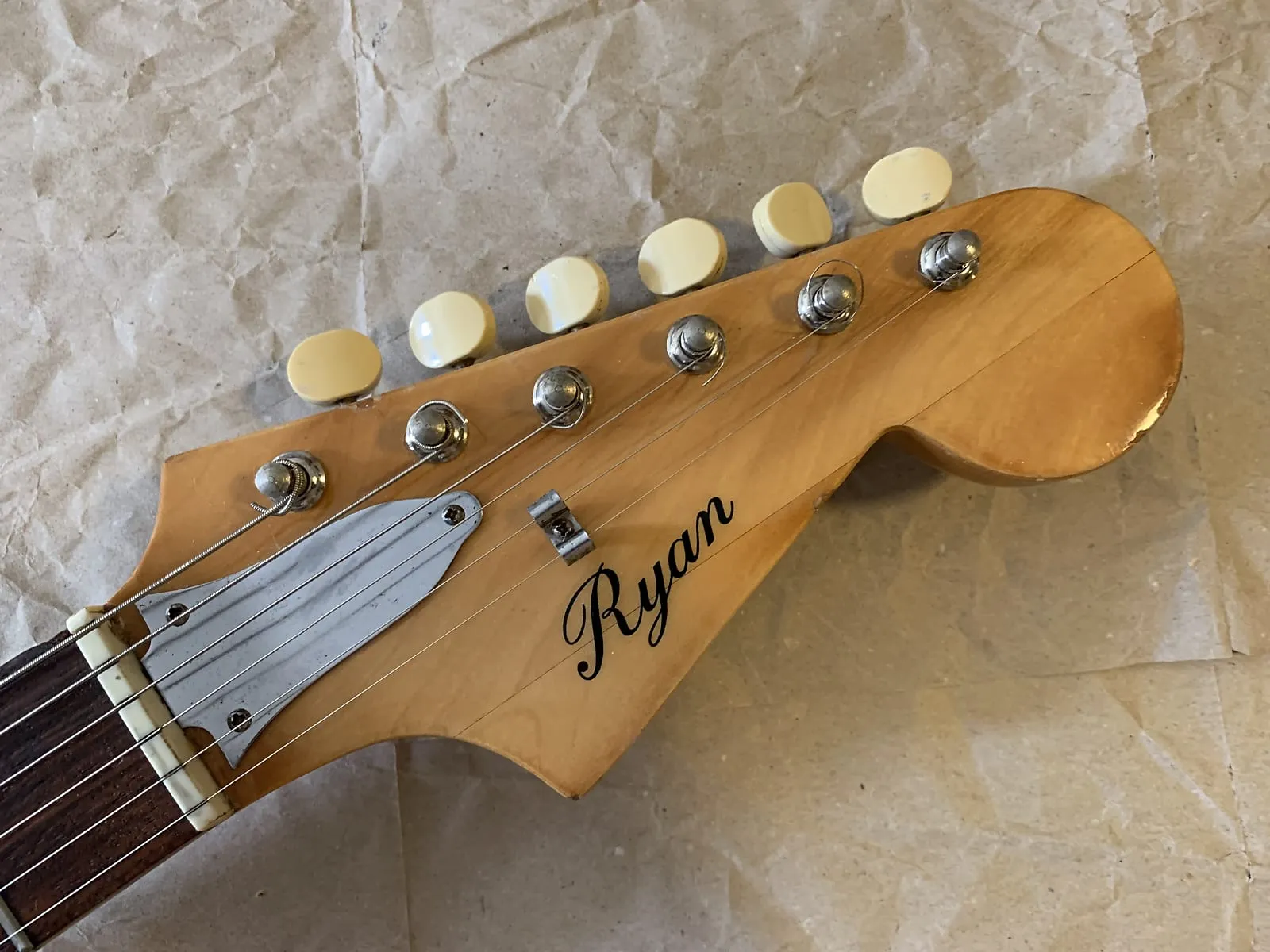
Zinc alloy is the primary material used in diecast cars because it offers several advantages, including excellent casting properties, dimensional stability, and resistance to corrosion. The alloy composition typically includes zinc, aluminum, magnesium, and copper, which are carefully balanced to provide the desired characteristics. Some higher-end models may incorporate other metals or use more elaborate production techniques to achieve specific effects. The choice of materials influences both the durability and the level of detail achievable, affecting the overall quality and value of the diecast car. Careful selection of materials is critical for creating realistic, long-lasting collectibles.
Manufacturing Processes
The manufacturing of diecast cars is a detailed process, involving several steps to transform raw materials into miniature replicas. The process begins with the creation of molds, which are precisely engineered to match the design of the vehicle. Molten metal is then injected into the molds under high pressure, solidifying to create the body of the car. After the die-casting process, the model undergoes several finishing stages, including cleaning, painting, and assembly. These processes ensure that each model meets the quality standards and detailed appearance collectors seek. The precision and attention to detail in manufacturing distinguish high-quality diecast cars.
Die-casting and Assembly
Die-casting is the core of the manufacturing process, where molten metal is forced into molds under high pressure. This technique allows for the creation of intricate designs and detailed features. After the die-casting process, the excess material is trimmed, and the model undergoes cleaning and surface preparation. The parts are then painted and assembled, often by hand, to ensure precise fitting and finishing. Decals, accessories, and other details are added to enhance the model’s realism. Assembly is a labor-intensive process, where each model is carefully checked to meet the stringent quality requirements of collectors. This level of care is crucial to the final product’s appeal.
Scale and Size Matters
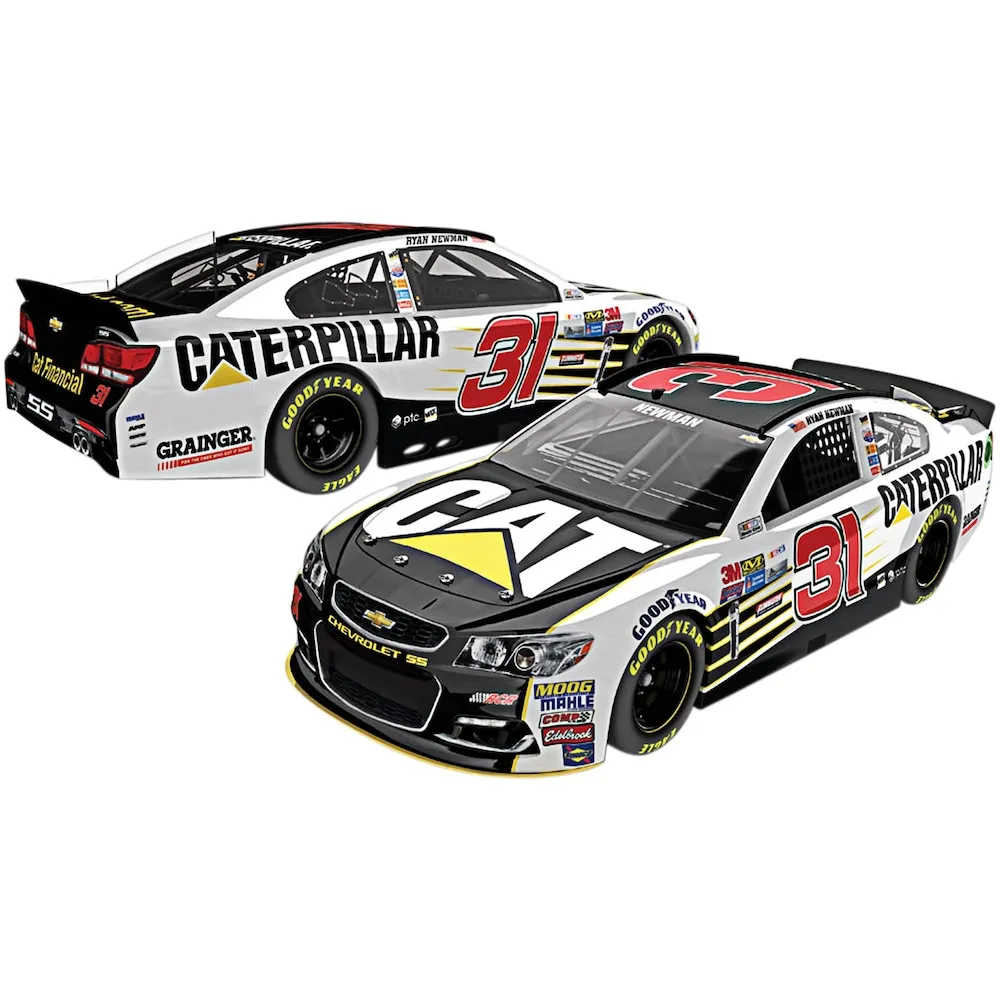
Scale is a crucial aspect of diecast cars, as it dictates the size and proportions of the model relative to the original vehicle. Common scales include 1:18, 1:24, 1:43, and 1:64, among others. The scale affects the level of detail, with larger scales generally allowing for more intricate features. Collectors often specialize in a specific scale, based on their preferences for detail, display space, and the availability of models. The choice of scale also influences the price, as larger models usually cost more due to the materials and manufacturing processes involved. The scale determines the visual impact and appeal of the model, and the value of your collection.
Popular Scales 1 18, 1 24 and More
Popular scales vary in their popularity among collectors. 1:18 scale models are highly sought after due to their size and the high level of detail they offer. 1:24 scale models are also common and offer a good balance between detail and size. Smaller scales, like 1:43 and 1:64, are popular for their affordability and the ability to collect a wide variety of models without requiring extensive display space. Each scale has its advantages, and the choice depends on personal preference and collecting goals. The availability and cost of models also play a role, making certain scales more accessible to different collectors.
Types of Diecast Cars
Diecast cars come in a vast array of types, mirroring the diversity of the automotive industry. Collectors can find models representing classic cars, modern vehicles, race cars, trucks, buses, and even military vehicles. Each type offers a unique collecting experience, allowing enthusiasts to focus on specific areas of interest. The variety extends to different manufacturers and models from all over the world. From vintage roadsters to high-performance supercars, there’s a diecast car for every collector’s taste. Many collectors specialize in a particular type or era, creating curated collections.
Classic Cars, Modern Vehicles and More
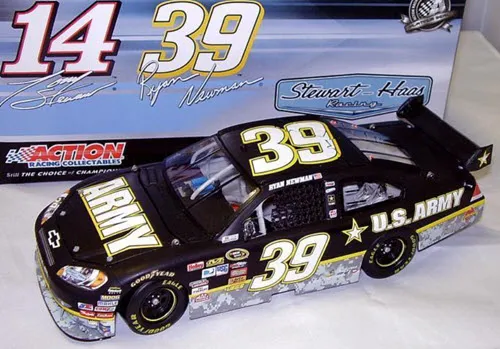
The selection of diecast car types includes a wide range of options. Classic cars, such as vintage muscle cars and elegant pre-war models, are popular due to their historical significance and timeless design. Modern vehicles, representing current production models, offer a chance to collect the latest cars and technology. Race cars, with their vibrant liveries and aerodynamic designs, appeal to motorsport enthusiasts. The array expands to include trucks, buses, and other specialty vehicles. The availability of these varied types allows collectors to build diverse and comprehensive collections, reflecting their particular interests and passion.
Collecting Diecast Cars
Collecting diecast cars is a rewarding hobby, offering the joy of ownership and the satisfaction of building a curated collection. The process often starts with a specific interest, such as a particular brand, model, or era. Building a collection involves researching models, finding rare items, and displaying the cars in an organized way. Collecting also involves a social aspect, as collectors often connect with others through clubs, online forums, and events. Whether you’re a casual collector or a dedicated enthusiast, collecting diecast cars offers enjoyment, investment potential, and a lasting passion.
The Investment Potential of Diecast Cars
Certain diecast cars can appreciate in value over time, making them an attractive investment for some collectors. Factors influencing value include rarity, limited production runs, historical significance, and condition. Rare models, especially those with unique features or packaging, often fetch higher prices. The condition of the model is crucial, as mint-condition cars with original packaging are highly prized. The investment potential also depends on market trends, as interest in certain brands or models can rise and fall. Researching the market, understanding the factors that affect value, and taking care of your collection are essential for maximizing the investment potential.
How to Find the Best Diecast Cars
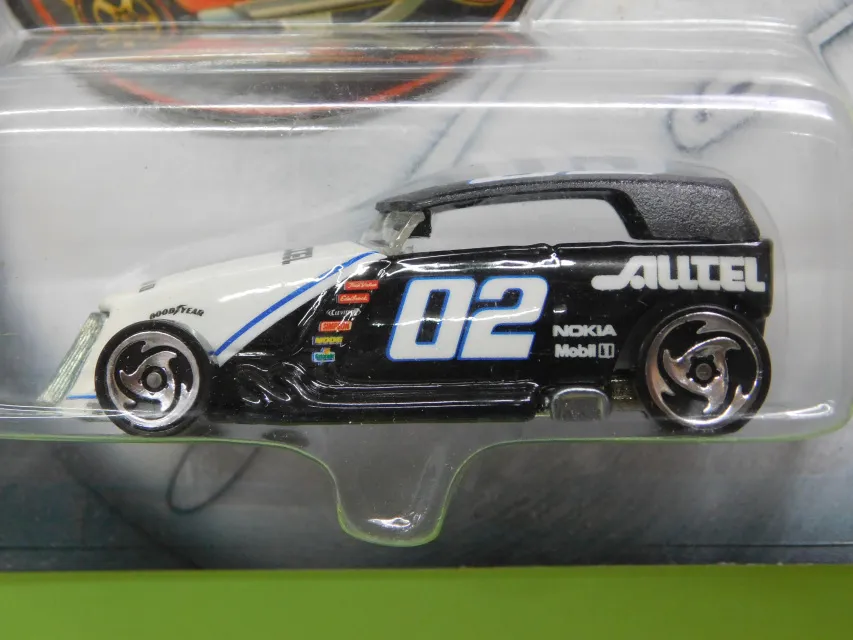
Finding the best diecast cars involves several strategies. Visiting local hobby shops, attending car shows, and exploring online marketplaces are all common methods. Searching for specific models, brands, and scales can help you narrow your focus. Researching the market and understanding current prices helps you identify valuable models and avoid overpaying. Building relationships with other collectors and joining online communities provide opportunities to find rare items and get expert advice. Persistence, patience, and a passion for collecting are key to finding the best diecast cars for your collection.
Where to Buy and Sell Diecast Cars
Diecast cars can be bought and sold through various channels. Local hobby shops often carry a selection of models, providing an opportunity to see the cars in person. Car shows and swap meets offer direct access to vendors and collectors. Online marketplaces such as eBay, specialized forums, and collector websites offer a vast selection of models and a global reach. When buying, consider the seller’s reputation, the model’s condition, and the authenticity. When selling, provide clear descriptions, high-quality photos, and fair pricing. Understanding these avenues will make collecting more enjoyable and potentially profitable.
Caring for Your Collection
Proper care is essential for preserving the condition and value of your diecast car collection. Storing the models in a dust-free and climate-controlled environment helps prevent damage. Displaying your collection in protective cases or cabinets shields them from dust and direct sunlight, which can cause fading. Handling your models with care and avoiding touching the surfaces with bare hands prevents scratches and fingerprints. Regular cleaning, using soft cloths and appropriate cleaning solutions, is crucial for maintaining their appearance. Taking these steps ensures that your collection stays in the best possible condition.
Cleaning and Storage Tips
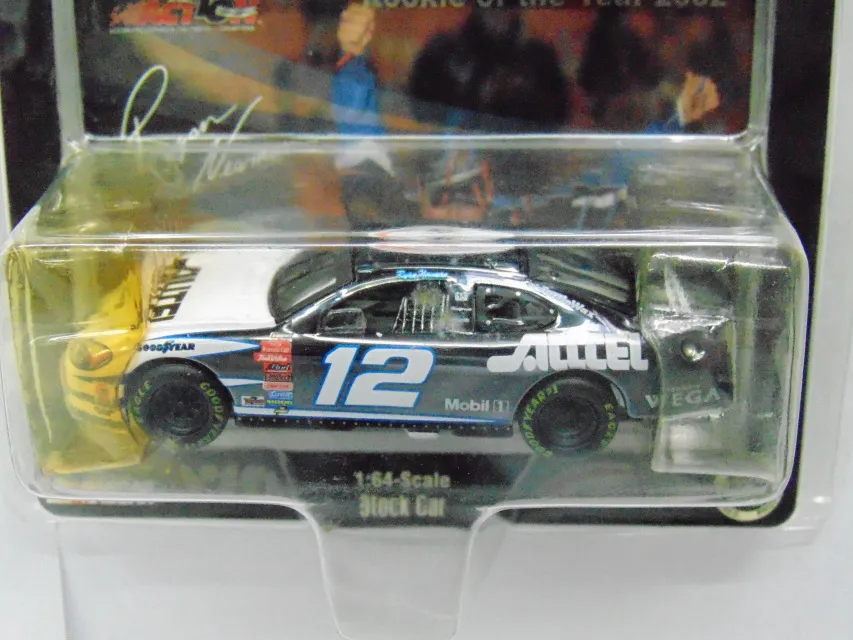
Cleaning and storage are critical aspects of maintaining your diecast car collection. Use soft cloths and mild cleaning solutions to remove dust and grime, avoiding harsh chemicals. Store the models in a cool, dry place, away from direct sunlight and extreme temperatures. Consider using display cases or cabinets to protect them from dust and damage. Regularly inspect your collection for any signs of wear or damage, and address issues promptly. By following these tips, you can maintain the value and beauty of your collection for years.
Protecting Your Investment
Protecting your investment involves several strategies. Document your collection with photographs and detailed descriptions, including the model’s condition and any unique features. Keep original packaging whenever possible, as it enhances the value. Insure your collection, especially if it contains valuable or rare models. Stay informed about market trends and current valuations to make informed decisions. By following these tips, you can protect your investment and maximize the value of your diecast car collection, enjoying the hobby for years to come. The key is to maintain and document the value.
In conclusion, diecast cars offer a captivating world of collecting, encompassing history, craftsmanship, and investment potential. Understanding the top seven facts about diecast cars, from their origins and materials to the various types and scales, is essential for every enthusiast. By exploring these facts, collectors can deepen their appreciation for these miniature marvels and navigate the world of diecast cars with confidence and enjoyment. Whether you’re a seasoned collector or a beginner, the world of diecast cars awaits, promising endless enjoyment and the thrill of the hunt.
